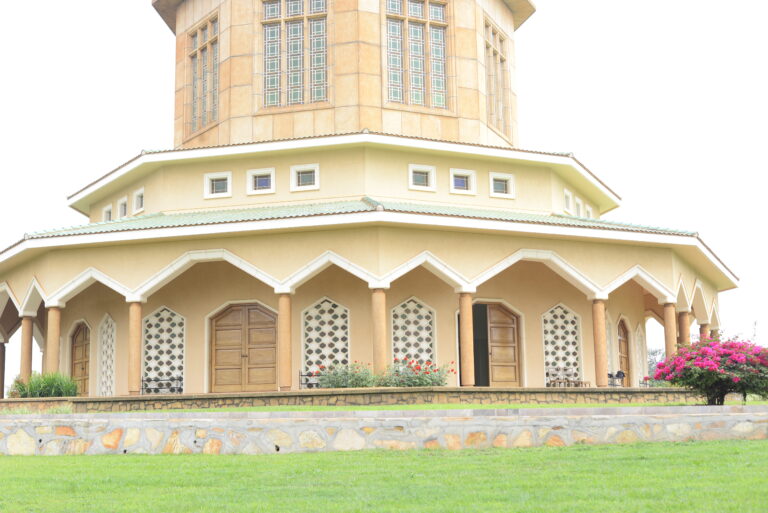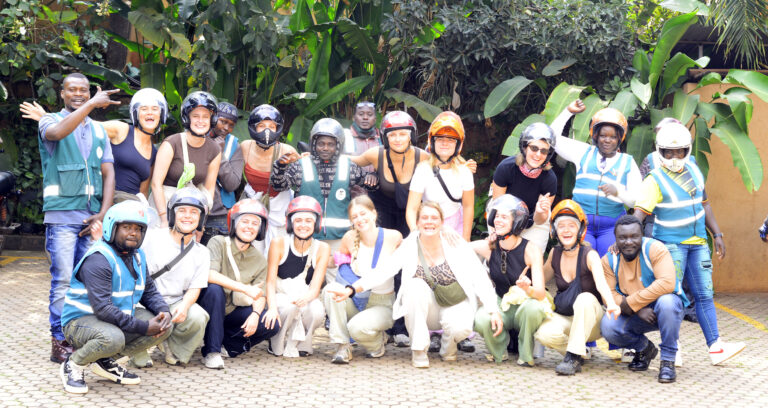Nestled on Kasubi Hill in the heart of Kampala, the Kasubi Tombs are more than just a UNESCO World Heritage Site—they are a living link to the history, culture, and traditions of the Buganda Kingdom.
For visitors with Keefa Motor Tours, a trip to this sacred site is an opportunity to step into the spiritual world of the Baganda people, understand centuries-old customs, and see one of Africa’s most remarkable examples of traditional architecture.
A Royal Resting Place
The Kasubi Tombs serve as the burial grounds for the kings (Kabakas) of Buganda and other members of the royal family. Four Kabakas are buried here, making it one of the most significant spiritual sites in Uganda.
The site was originally built in 1882 as a palace for Kabaka Mutesa I. Upon his death in 1884, it was transformed into a royal mausoleum, a tradition that continued with subsequent monarchs.
This sacred ground is not just a memorial—it’s a place where rituals are performed, history is preserved, and the spirit of the kingdom remains alive.
Unique Traditional Architecture
The main building, known as Muzibu Azaala Mpanga, is a massive circular structure with a soaring thatched dome. What makes it extraordinary is that it’s constructed entirely from natural materials—wood, reed, straw, and clay—without the use of nails or metal.
The thatched roof, which stretches 31 meters in diameter, is supported by wooden poles wrapped in bark cloth, a traditional fabric made from the fig tree. The design reflects both functionality and symbolism:
- Circular shape – Represents the cycle of life and the continuity of the kingdom.
- Natural materials – Symbolize harmony between man and nature.
- Central spears and shields – Represent the Kabaka’s power and authority.
This architectural style is unique to the Buganda Kingdom and stands as a proud example of African ingenuity.
UNESCO World Heritage Status
In 2001, UNESCO recognized the Kasubi Tombs as a World Heritage Site for their cultural and historical significance. Unfortunately, in 2010, a devastating fire destroyed much of the main structure.
What followed was an inspiring story of resilience. The Buganda Kingdom, with support from the Ugandan government and international partners, began a painstaking restoration process using the original construction methods. This ongoing restoration has become a symbol of cultural pride and determination to preserve heritage for future generations.
Cultural and Spiritual Significance
For the Baganda, the Kasubi Tombs are not merely a tourist attraction—they are a spiritual center. The Kabakas are considered semi-divine, and their spirits are believed to continue guiding the kingdom even after death.
Certain areas within the tombs are reserved exclusively for the royal family and spiritual custodians. Visitors can enter designated public areas, where guides share the history, meaning, and customs tied to the site.
You may witness caretakers dressed in traditional attire, performing rituals or tending to the grounds, adding an authentic cultural dimension to the experience.
What to Expect When You Visit
When you arrive at the Kasubi Tombs with Keefa Motor Tours, you’ll be welcomed by knowledgeable local guides who explain the symbolism of the architecture, the lineage of the Kabakas, and the customs observed here.
The visit typically includes:
- A guided walk through the main tomb building.
- Explanations of Buganda’s royal history and governance.
- Insights into traditional construction methods.
- Time to view royal artifacts, regalia, and photographs.
The atmosphere is calm and respectful, with the scent of grass and wood lingering in the air, giving you a tangible sense of history.
Fun & Lesser-Known Facts
- Bark cloth, used extensively in the tombs’ construction, is recognized by UNESCO as an intangible cultural heritage of humanity.
- The site is still actively used for royal ceremonies, including coronations and commemorations.
- The main tomb structure is one of the largest thatched buildings in the world.
- Women play a significant role in the custodianship of the tombs, following Buganda traditions.
- The name Kasubi comes from the hill on which the tombs are located.
Visitor Tips
When planning your visit:
- Opening Hours – Generally open daily from 8:00 AM to 6:00 PM.
- Entrance Fee – A small fee supports the restoration and maintenance of the site.
- Dress Code – Modest clothing is appreciated; the site is a sacred space.
- Photography – Allowed in some areas, but always ask your guide first.
- Best Time to Visit – Mornings for cooler weather and fewer crowds.
Why It’s a Must-Visit
The Kasubi Tombs are not just for history enthusiasts—they are for anyone seeking to understand the soul of Uganda. They tell the story of a kingdom that still exists today, deeply rooted in tradition yet adapting to the modern world.
Visiting with Keefa Motor Tours ensures you don’t just see the structures—you hear the legends, feel the spiritual weight of the place, and gain a deeper appreciation of Buganda’s heritage.
Final Thoughts
The Kasubi Tombs are a powerful reminder that culture is not static—it’s alive, evolving, and worth protecting. As you walk the grounds, see the intricate craftsmanship, and hear the stories of the Kabakas, you become part of that legacy.
It’s more than a stop on a tour—it’s an invitation to connect with Uganda’s past in a deeply personal way.
📍 Location: Kasubi Hill, Kampala, Uganda
🎟 Entry Fee: Small fee for maintenance and restoration
🚴 Best Way to Visit: With Keefa Motor Tours for cultural storytelling and guided insight




